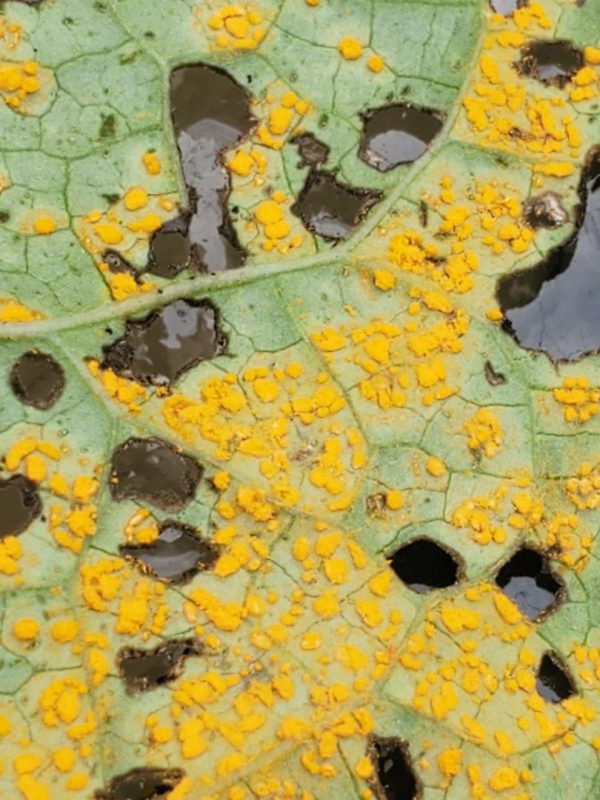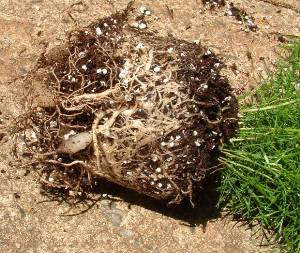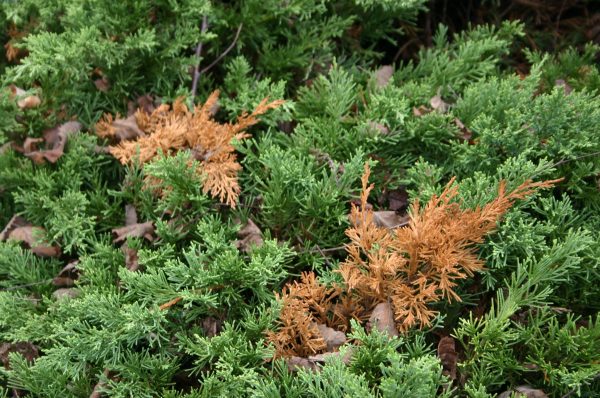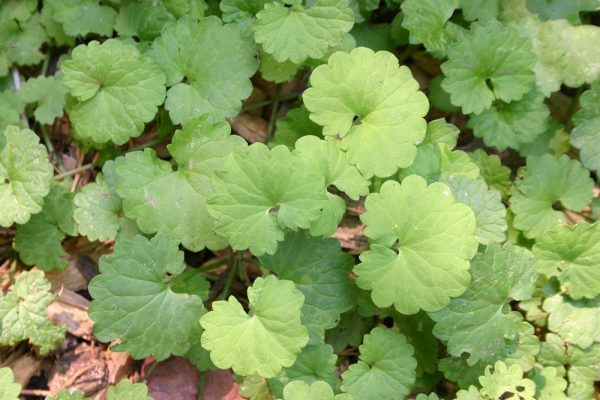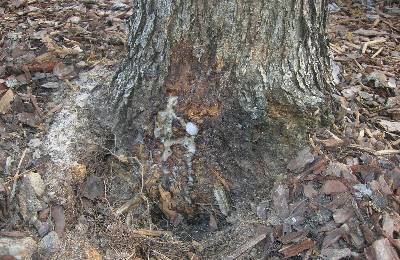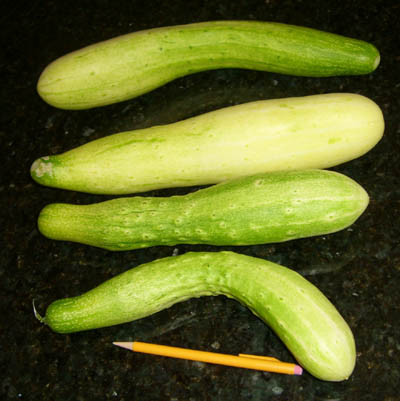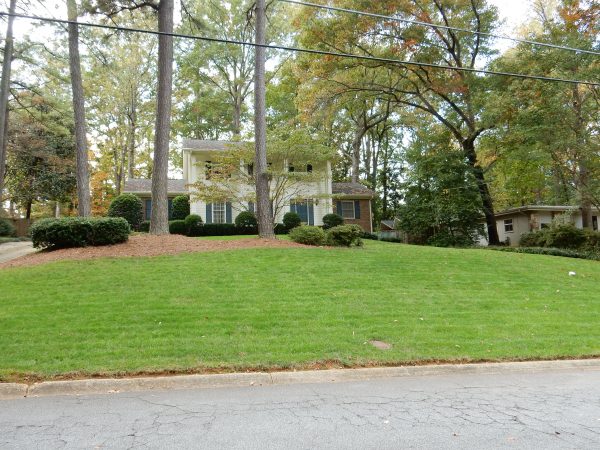Pollination – In Your Garden

One of the most delightfully informative garden books I’ve ever read is “Sex in Your Garden” by Angela Overy . Ms. Overy (yup, that’s her real name!) describes how plants use false advertisements, bribes, perfume and sometimes pseudo-copulation to accomplish their own reproduction.
In light of newspaper columns about vanishing honeybees, I’ve been thinking about pollination in vegetable gardens.
May-June is the time of year that squash growers notice that their plants have plenty of flowers but few fruit. The flowers appear day after day for weeks but no squash appear. They might also complain that the squash that ARE produced are runty and mis-shaped.
As “Sex in the Garden” proclaims, it’s ALL about pollination.
It turns out that squash (plus cucumber, gourd, pumpkin and watermelon) plants have both male and female flowers, which may appear at different times an individual plant.
Male flowers come first. Having no ovaries, they can’t produce squash fruit. After being open only a few hours the petals droop and the flower wilts. That explains the early summer complaints about “many flowers but no squash”.
A few weeks after the male squash flowers begin appearing, female flowers start opening. How do you tell the difference? Female flowers have a tiny squash (or cuke or gourd or melon) directly under the yellow flower. Male flowers have nothing on the stem under the bloom.
A pollen-carrying insect must visit a female squash flower at least three times in the few hours it’s open in order to accomplish full pollination. If a bee visits the flower but once, partial pollination occurs. The resulting squash slightly swells but may soon abort and drop from the stem. That explains the badly-formed fruit that squash gardeners find.
If you find yourself in this squash quandary, you can easily perform pollination. Just remove a male flower and cut off the petals that surround the pollen-bearing stamen. Press the stamen into the center of a female flower and rub pollen onto the female pistil. Cut off the female flower petals if you need better access to the center. One or two rubs with your pollen wand are all that’s needed to be a bee backup!
TAP YOUR TOMATOES Tomato gardeners (perhaps the same folks as squash growers) sometimes have plenty of flowers in July but few fruit result from them. Again, pollination is the key.
Tomatoes, in contrast to squash, have perfect flowers. The bloom has both male and female parts inside. For this reason, insects aren’t necessary for pollination. Most times the pollen will naturally drop from the stamen onto the pistil and a baby tomato will result.
Hot or humid weather, though, makes the pollen sticky. It won’t disperse of its own accord. This is easy for a gardener to remedy. Just tap the flower cluster a few times each day with a twig or chopstick. The loosened pollen will then go about its preordained mission.
GOTTA HAVE A SONG If all of this seems like creating a garden bordello, let’s complete the scene. Music is needed to get your plants in the mood. I recommend humming “Some Enchanted Evening” or “Love is in the Air” or even “Afternoon Delight” by the Starland Vocal Band if you’re feeling particularly frisky in your garden!
see Pollination of Vegetable Crops
Vegetable Cross-Pollination Guide
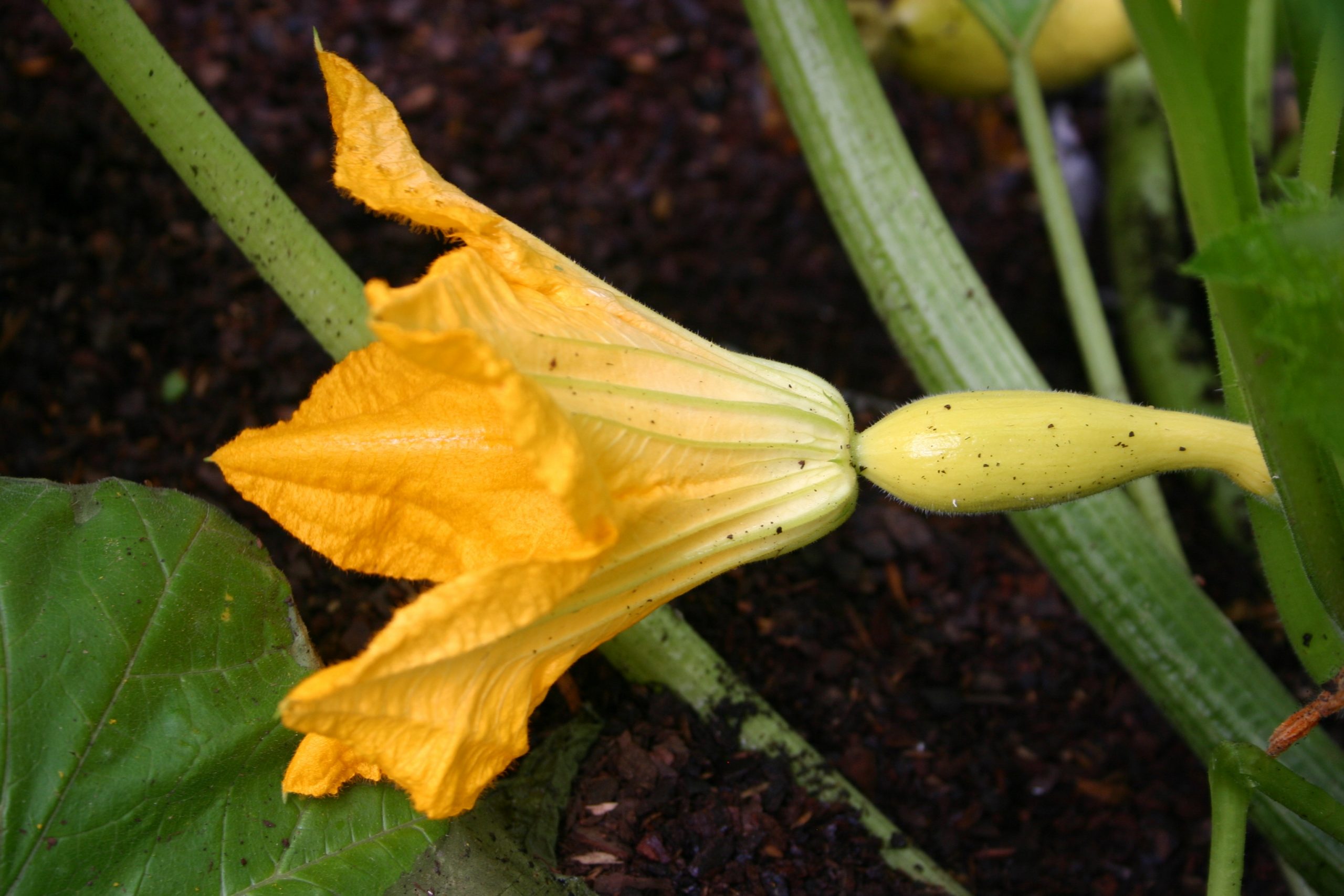
squash female flower



